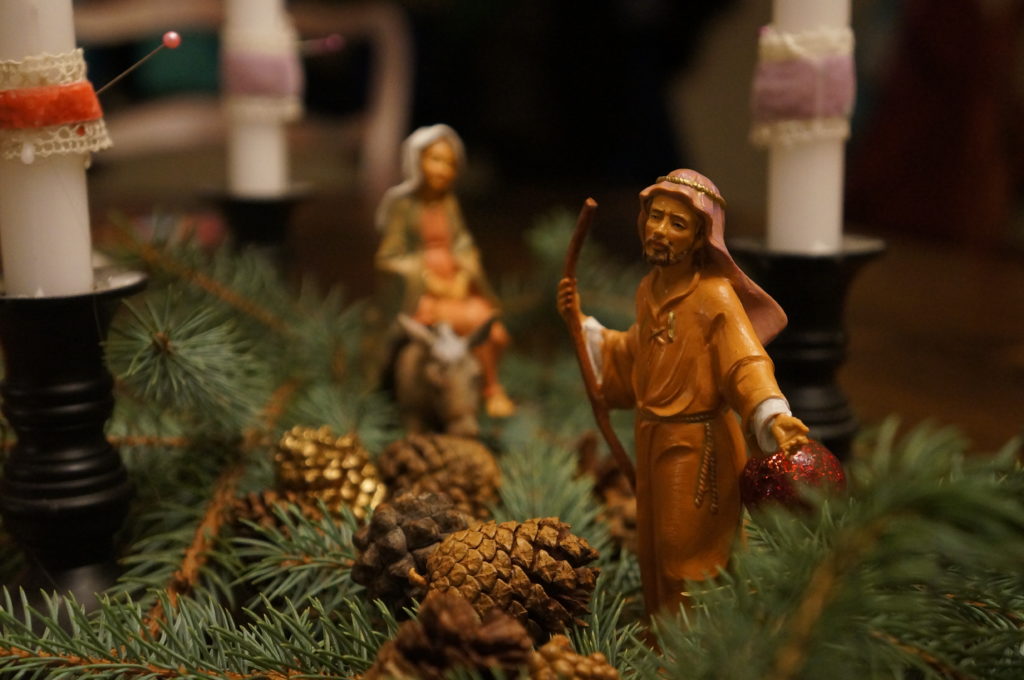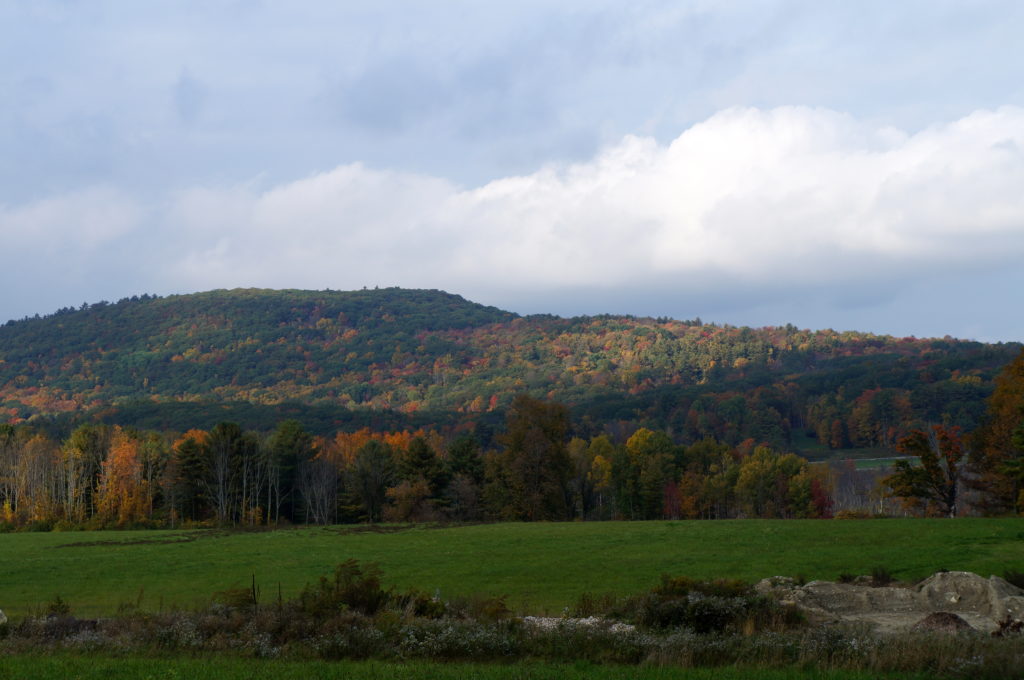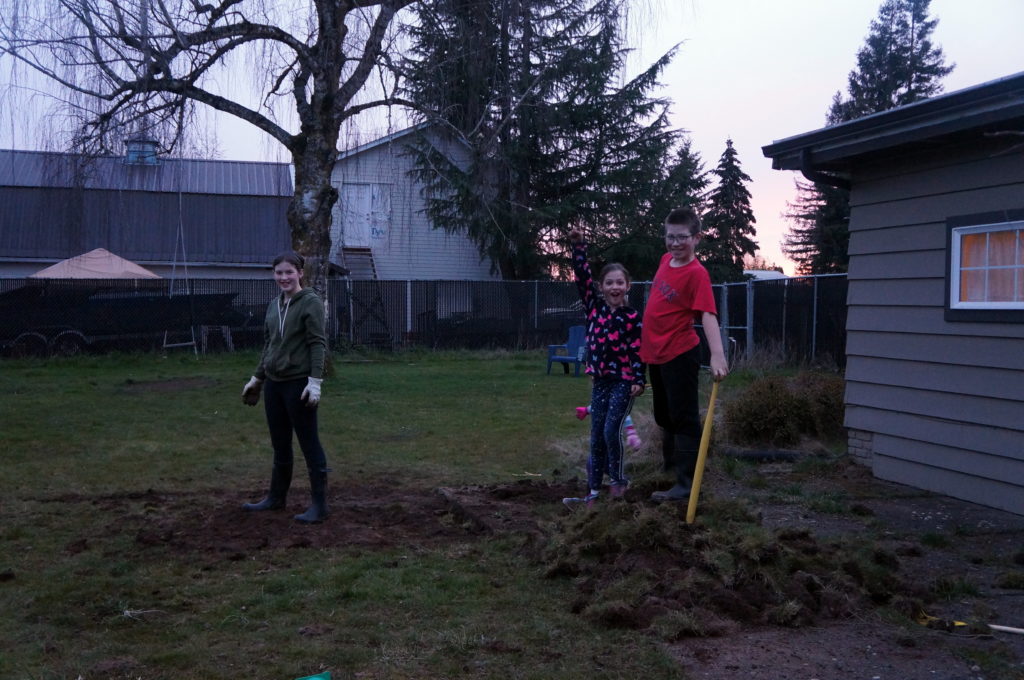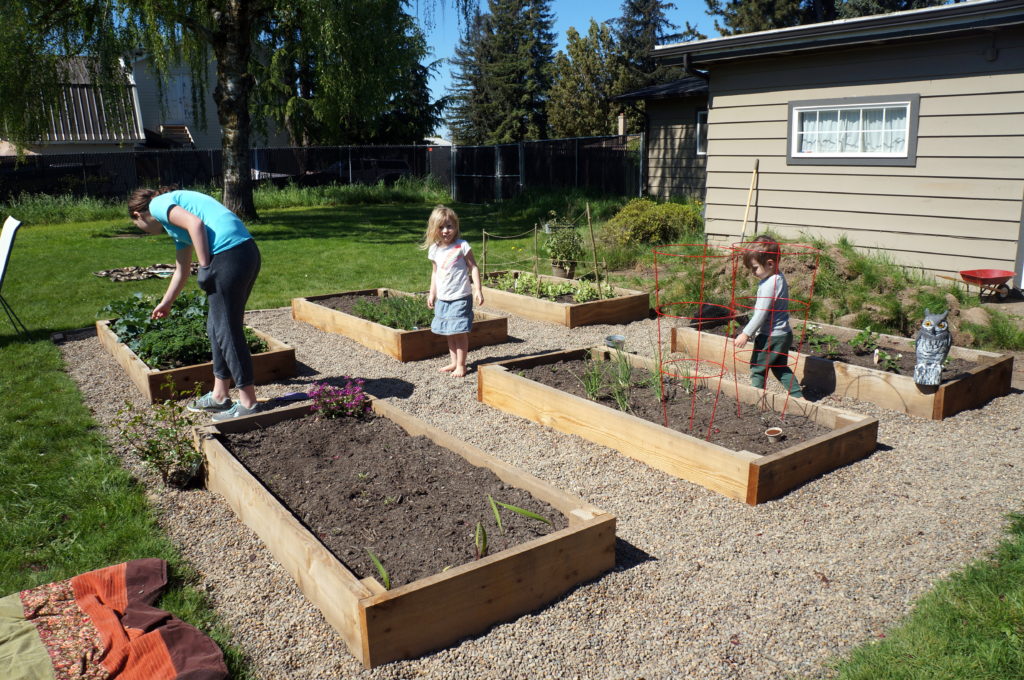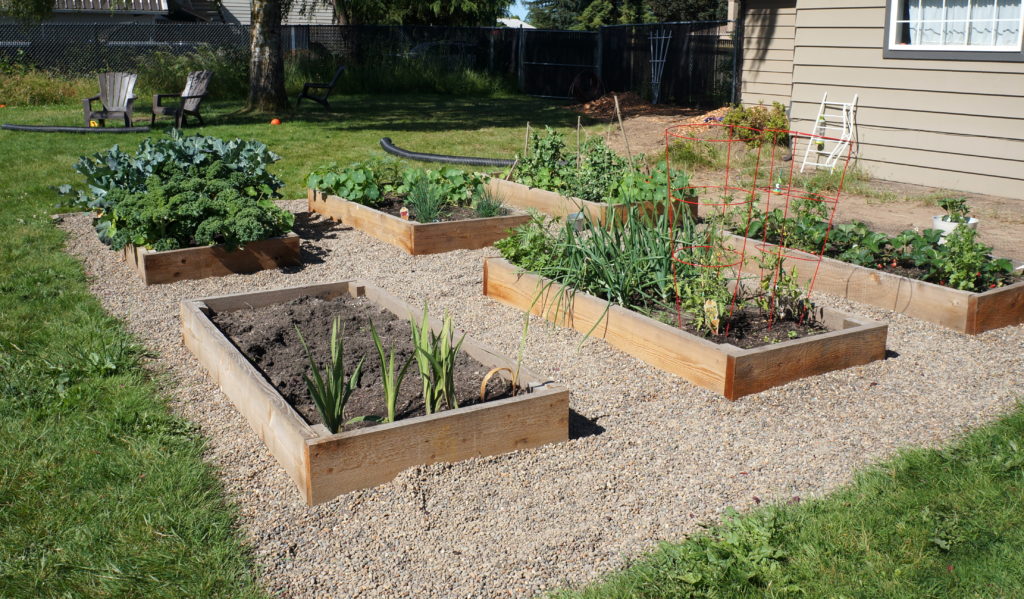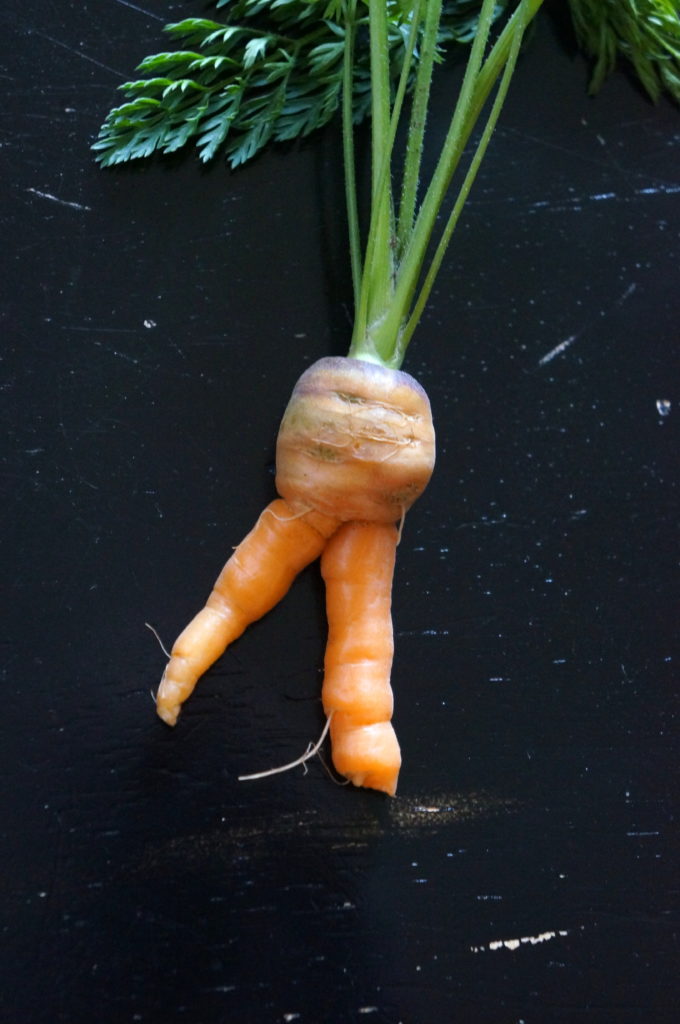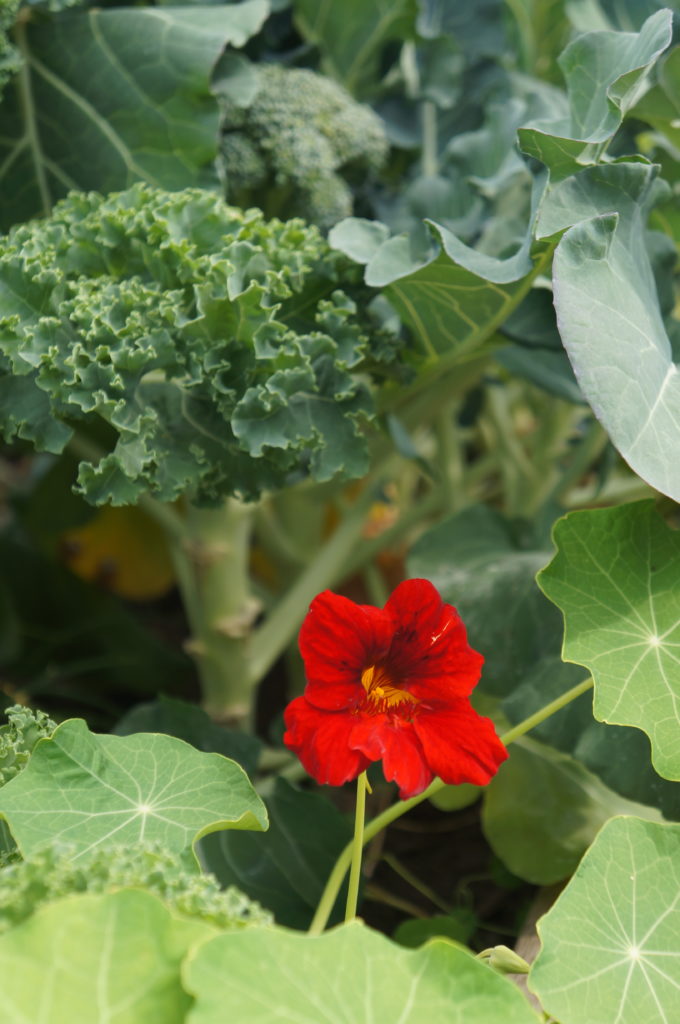knowledge through motherhood
The steps I have
taken towards Mary over the course of my conversion as a Catholic have been
baby steps. I’ve inched my way along, past the discomfort to indifference, then
past indifference to comfort, then beyond comfort into affection.
Therese, the film, was released in October of 2004, just a few months
after I got married. I was on tour much of that year promoting the film with interviews
and appearances at Catholic conferences. Several times I was told that I should
portray Mary, “Mary should be your next role”. I remember one such time that it
struck me how true that might be—that motherhood might be the next “role” I
take on. The thought was terrifying and thrilling, but I had no plan to have a
baby any time soon. We were going to wait a few years, see where my career
went, prep my husband for graduate school—get our life in order.
By Thanksgiving of
that same year, I was pregnant.
The trajectory of
my life, as I perceived it, suddenly shifted. My career was my face and my
body, which was morphing into something unrecognizable. My focus became
increasingly interior as I retreated into the mystery that was growing inside
of me. Even though I, of course, wanted and welcomed this child, I marveled at
how subconscious baby-forming was; I wasn’t consciously telling my body to do
anything. In fact, it was doing the opposite of what I wanted: nausea, weight gain, fatigue. I had been taken over by an
alien force. I felt myself shrinking back into the shadows of my life,
retreating to a more interior existence, but with more joy and purpose than I
could have imagined.
I was naturally
attracted to Mary, drawn to her maternal image, wondered with new imaginative
material what it would have been like to carry Christ. And through arduous
labor, that intense spending of self and blood-shed, I glimpsed the sorrow of
motherhood. I remember lying in bed, light-headed and weak from hemorrhaging,
watching family marvel at this new life that had, miraculously and at
long-last, passed through me. I felt satisfied. I also felt like my body was
going to dissolve into the hospital bed and disappear. But in a good way: I had
spent myself for life, done something really purposeful with my body, and would
have faded away happily. I didn’t, thank God, and the days that followed were
much more difficult than I imagined, but that is another story.
It was babies, babies, babies in the years that followed. In the back of my head I thought I’d go back to acting one day, like I’d seen many of my female acting instructors do. But my husband and I were consumed with just keeping our heads above water. He was in graduate school and working full time; we were on food-stamps and state health. I felt humiliated and discouraged much of the time, both with our economic situation and a general feeling of failure as a mother. I wasn’t the kind of mother I had hoped to be. I felt worn out, often befuddled about how to deal with difficulties, bored a lot of the time… and guilty for feeling all those things.
And then we got
pregnant. Again. Number four. I was so embarrassed to tell people, dreading all
the stupid comments like, “Don’t you guys know how to use a condom?” and, “Don’t
you guys know how that happens?” (To which I enjoyed replying, “Yeah, do you?”)
I didn’t want to care what other people thought, but I did.
At my lowest
point, I was sitting in the bathtub, crying, feeling sorry for myself, but also
worrying about how we were going to provide for this child. I was full of
resentment towards the Church and NFP; I felt like we’d been tricked into
pro-creating. Suddenly—I do not doubt
directed by the Holy Spirit—I recalled a homily I had heard years before (let
that give you hope, dear priests, we are listening!). Father had said that we
ask for many things in prayer, and God may not answer to our liking based off
of what is best for us, but there is one request He will always generously
grant: a plea for more love. Ask for more
love, Father had urged us. Years later, as I was feeling utterly poured out
with nothing to give this new life inside me, I asked God for more love: more
love for my children, more love for my husband, more love for the life He had
given me, more love to love God with. In the same moment—and again, I have no
doubt was prompted by the Holy Spirit—it occurred to me that I should try
asking Mary for help. Mary, who was the Mother of all mothers, the mother God
chose for Himself. Mary, I ask for your
help. Please love this baby inside of me; be her mother until I can love her as
I ought.
The change wasn’t immediate; I was angry and worried for a while. But a few months into the pregnancy, I was sitting on the couch folding clothes with my kids, and I realized I was enjoying my time with them. I realized that slowly over time, I had grown to love them more. I had grown to accept my vocation a little more. I also learned a lot about prayer during that pregnancy. Always afraid to ask for things in prayer, I went out on a limb and asked God for a lot over that pregnancy. And He delivered. Not always in the ways I expected, but we were taken care of.
Furthermore, I
know Mary took my plea to heart—and must have known how sincere I was in my
desperation—for this fourth baby, who I call Viva here, was born on the feast
of St. Anne, Mary’s mother. And she was born into laughter! It was the only
birth at which I did not hemorrhage, and was able to nurse without difficulty.
That same year, my
husband lost his job, we foreclosed on our house, and moved 3,000 miles away to
the opposite side of the United States to start over. But instead of allowing
worry to fill my heart, through grace, I trusted God was going to take care of
us. I know that was the fruit of prayer, of offering my heart up to Jesus
through Mary’s maternal intercession. Embracing Mary led to embracing
motherhood as a true and just vocation.
